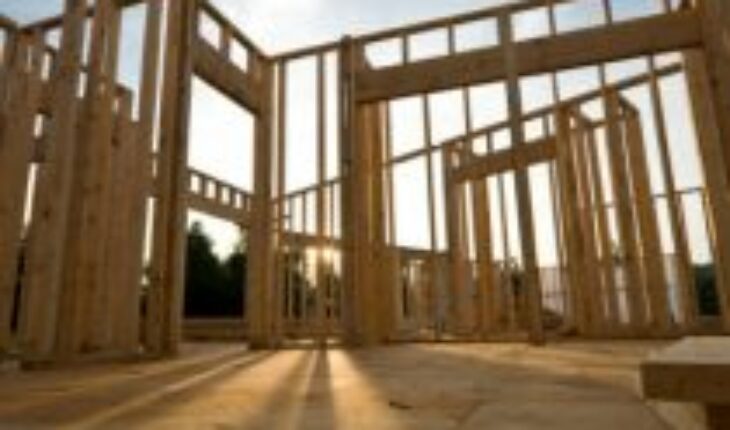In a complex scenario of climate change, to which our country is highly vulnerable; and in a context of housing deficit in Chile, which is estimated at about 600 thousand homes, there is a need to use construction materials that have as their main characteristic a low environmental impact, that is, that in their production and applications they present low carbon and water footprints and that, in addition, allow to significantly increase the speed in construction.
Wood brings together all these benefits and stands out with ease over other construction materials: it is a renewable, recyclable, versatile, buildable in height resource, it is a good thermal insulator, it has benefits for the health of people and its constructions present a good behavior against earthquakes.
In addition, the use of wood in housing construction has a significant social impact, given the generation of employment provided by the sawmill industry. More than 15,000 people work in 938 sawmills, working between Valparaíso and Magallanes, which 97% correspond to SMEs, according to data from the Forestry Institute (INFOR), an agency attached to the Ministry of Agriculture.
It is precisely this institution, through its research area of Wood Technology and Products, which has contributed significantly, since the beginning of the 60s, in the fields of wood construction, the sawmill industry, the training of technicians and the development of products with added value.
The introduction of the laminating technique in the country, the issuance of the first manuals of design and construction with wood, the derivation of the structural grades of the sawn wood of radiata pine, the support to the creation of the first specialty of Technician of Superior Level in Construction in Wood in the CFT Lota-Arauco, the implementation of the Structural Wood Laboratory in the country (LME-INFOR), an initiative accredited by the National Institute of Standardization (INN) as a testing laboratory under the NCh ISO 17025 standard and registered with the Ministry of Housing and Urbanism (MINVU); the development of envigados and components for construction, and more recently with the transfer to the SME of sawmilling of a series of digital applications developed in the fields of drying, dimensions, downtime and production control; these are just a few examples of the active institutional contribution to the timber ecosystem.
It is clear, then, that there is a long way of research that has resulted in concrete results in multidimensional aspects. All in all, this accumulated experience is the great engine that drives wood as a sustainable construction material that helps solve a housing problem that demands an immediate response and high quality standard.
Follow us on
The content expressed in this opinion column is the sole responsibility of its author, and does not necessarily reflect the editorial line or position of El Mostrador.





